
arXiv:1302.5843v3 [cond-mat.stat-mech]
Ising formulations of many NP problems

arXiv:1302.5843v3 [cond-mat.stat-mech]
Ising formulations of many NP problems
?
?
?
?
?
?
?
?
?
?
?
?
?
Ising model?
Quantum Version?
How is related to TSP?
Ising model?
Quantum Version?
How is related to TSP?
Statistical Mechanics
Partition Functions
Analitycal Mechanics
Hamiltonians
Angular Momentum
Energy
Canonical Coordinates
Spin
Magnetic Momentum
Quantum Mechanics
Electromagnetism
NOT REALLY!
Do I need SOME PHYSICS BACKGROUND?
Thermodinamics
Statistical Mechanics
Partition Functions
Analitycal Mechanics
Hamiltonians
Do I need SOME PHYSICS BACKGROUND?
Angular Momentum
Energy
Canonical Coordinates
Spin
Magnetic Momentum
Quantum Mechanics
Electromagnetism
JUST A LITTLE
Thermodinamics
outline


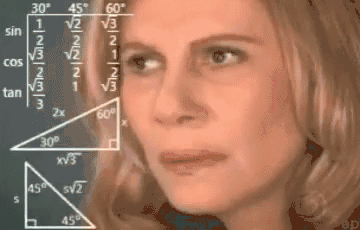



An ising model recap
Ludmila Augusta Soares Botelho
History time: around 100 years ago
Is there is a very simple model to describe ferromagnetism?
Is there a phase transition in the magnetism of a linear sequence of little magnetic moments where only neighbors are energetically coupled?
(Ferro)magnetism

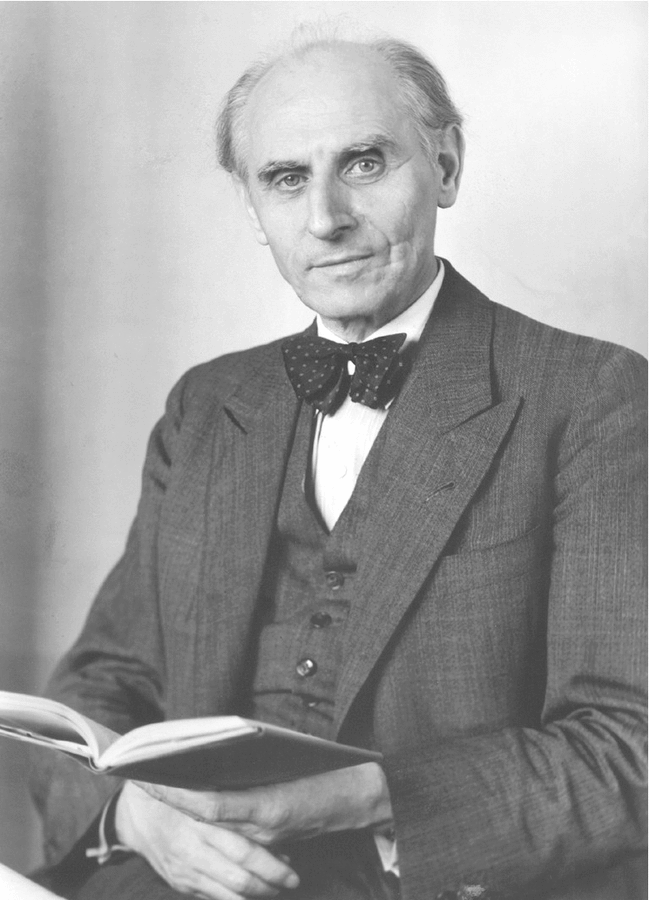
Wilhelm Lenz
{
{
{
$$z$$
History time: around 100 years ago
(Ferro)magnetism

Wilhelm Lenz
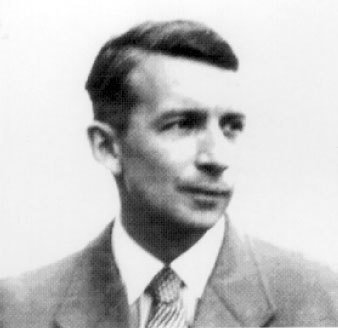
Ernst Ising
?
!

Wilhelm Lenz

Ernst Ising
?
Model
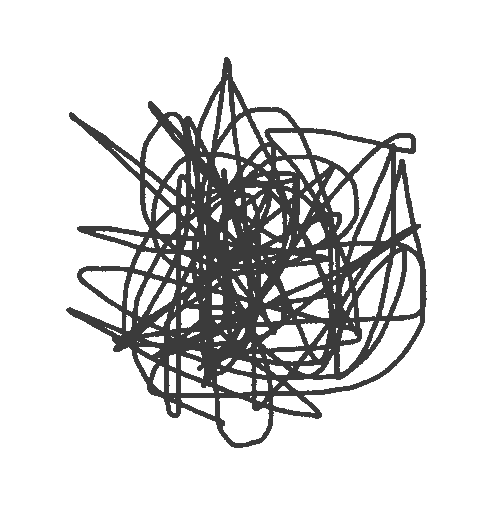
It does not have phase transition!
... what about some quantum mechanics?
... more dimensions?
History time: around 100 years ago

( the best time)
Why do we care about Statistical Mechanics?
Physics time

( the best time)
Physics time
Why do we care about Statistical Mechanics?
It relates the
microscopic
with the
MACROSCOPIC

Physics time
Why do we care about Statistical Mechanics?
It relates the
microscope
with the
MACROSCOPE
- Few assumptions
Canonical Ensemble
(More precisely, Statistical Mechanics)
S
R
~
~
~
- Probability of particular microscopic state
$$P_j = \frac{e^{-\beta E_j}}{Z} $$
$$Z = \sum_{\sigma}e^{-\beta E_\sigma}$$
ustandssumme
- Partition function
(T, V, N)
Physics time
- Few assumptions
Canonical Ensemble
(More precisely, Statistical Mechanics)
S
- Probability of particular microscopic state
$$P_j = \frac{e^{-\beta E_j}}{Z} $$
$$Z = \sum_{\sigma}e^{-\beta E_\sigma}$$
ustandssumme
- Partition function
(T, V, N)
- Free Energy
- Systems Total Energy
- Heat Capacity
Connection with Thermodynamics
- Entropy
- Magnetic Susceptibility
- Magnetization
R
quiz: why the "-" signal?
Systems energy
$$\mathcal{H} = -J \sum_{i} s_i s_{i+1} - h\sum_i^N s_i$$
- Hamiltonian
{
interaction
{
external field
$$Z=?$$
$$z$$
$$h$$
$$\cdots$$
$$\cdots$$
{
Free Energy
Magnetization
Partition Function
1D
Systems energy
$$\mathcal{H} = -J \sum_{i\neq j} s_i s_j - h\sum_i^N s_i$$
- Hamiltonian
{
interaction
{
external field
$$Z=?$$
$$z$$
$$h$$
$$\cdots$$
$$\cdots$$
{
Free Energy
Entropy
Magnetization
Partition Function
$$Z=\sum_{\{s_i\}} e^{\beta J \sum s_i s_{i+1} + \beta h \sum s_i }$$



$$Z=\sum_{\{s_i\}} e^{\beta J \sum s_i s_{i+1}}$$
$$e^{+ \beta h \sum s_i }$$
No external field! $$h=0$$
Boundary Conditions: Open
$$\{s_1,s_2,s_3,...,s_N\}\to \{s_1,\mu_1,\mu_2,...,\mu_{N-1}\}$$
$$\mu_1 = s_1 s_2,\; \mu_2 = s_2s_3 ,...,\; \mu_{N-1}=s_{N-1}s_N$$
"coordinate transformation"
$$s_i=\pm 1$$
$$\mu_i=\pm 1$$
$$=\sum_{\{s1,...,\mu_N\}} e^{\beta J \sum \mu_i}$$
$$=2\prod_{i=1}^{N-1}\sum_{\mu_i=\pm 1} e^{\beta J \mu_i}$$
$$Z=2(2\cosh{\beta J})^{N-1}$$
...
Boundary Conditions: Periodic
$$s_{N+1}=s_1$$
$$s_i=\pm 1$$
$$Z=\sum_{\{s_i\}} e^{\beta J \sum s_i s_{i+1} + \beta h \sum s_i }$$
$$T(s_i,s_{i+1})=\exp\left[\beta J s_i s_{i+1} + \frac{\beta h}{2} (s_i+s_{i+1})\right] $$
$$=\sum_{\{s_i\}} \prod_{i=1}^N T(s_i,s_{i+1})$$
$$Z=\mathrm{tr}(T)^N$$
transfer matrix
$$\mathrm{tr}(A)=\sum_i A_{i,i}$$
$$\mathrm{tr}(A)^2=\sum_i A_{i,j} A_{j,i}$$
$$\mathrm{tr}(A)^3=\sum_i A_{i,j} A_{j,k} A_{k,i}$$
$$\mathrm{tr}(A^N)=\sum_{\{s_i\}} \prod_{i=1}^N A(s_i,s_{i+1})$$
...

SYMMETRY
$$U^{-1}TU=D$$
$$U^{-1}=U ^\dagger$$
$$Z=\mathrm{tr}(U^{-1}DU)^N$$
$$=\mathrm{tr}(D)^N$$
$$=\lambda_+^N + \lambda_-^N $$
$$\lambda_\pm = e^{\beta J}\cosh{\beta h} \pm \sqrt{e^{-2\beta J}+ e^{2\beta J} \sinh{\beta h}}$$
$$Z=\lambda_+^N \left[1+\left(\frac{\lambda_-}{\lambda_+}\right)^N \right]$$
Connection with thermodinamics
$$(N \rightarrow \infty)$$
$$=\left[e^{\beta J}\cosh{\beta h} + \sqrt{e^{-2\beta J}+e^{2 \beta J}\sinh ^2}{\beta h} \right]$$
$$Z=\lambda_+^N = \lambda_{\text{max}}^N$$
- Free Energy
$$F = -T\ln{Z}$$
- Magnetization
$$h \rightarrow 0$$
$$M = -\frac{\partial F}{\partial h}$$
$$M \rightarrow 0$$
$$M = \frac{1}{Z}\sum_{\{s_i \}}\mathcal{M}e^{\beta E}$$
$$\mathcal{M} = \sum_{n=1}^Ns_n$$
$$P(\text{all up}) = \frac{e^{\beta J(N-1)}}{2(\cosh{\beta J}^{N-1} )}$$
$$ E(\text{all up}) = -J\sum_{i\neq j} s_i s_j =-J (N-1)$$
$$P(\text{some state}) = \frac{e^{-\beta E_{\text{of that state}}}}{Z}$$

$$\left(\beta = \frac{1}{k_B T}\right)$$
CORRELATION FUNCTION
$$\langle f_x \rangle = \sum_x f_x P(x)$$
$$\langle s_n s_{n+r}\rangle =\frac{1}{Z} \sum_{\{s_i\}} s_n s_{n+r} e^{-\beta \mathcal{H}}$$
$$\langle s_n s_{n+r}\rangle =\tanh^r(\beta J)$$
$$\langle s_n s_{n+r}\rangle =\tanh^r(J/T)$$
$$=\exp\{r \ln [\tanh(J/T)]\}$$
$$=e^{-\frac{r}{\xi}}$$

$$\xi=-\frac{1}{\ln \tanh{(J/T)}}$$
What about more complex systems?
$$s_i = \pm 1, 0$$
$$s_i$$
?
transfer matrix
- Potts Model
What about more complex systems?
$$s_i = \pm 1, 0$$
transfer matrix
?
?
- Curie-Weiss model
What about more complex systems?
$$s_i = \pm 1, 0$$
$$s_i$$
?
2D
transfer matrix
- Onsager - 1943
- Sherrington-Kirkpatrick
Phase transition depends on dimensionality
lower critical dimension
(\(h= 0\))
- \(h \neq 0\)
?
- It does has phase transition!
- Kramers & Wannier
- Ising Spin Glass
$$\mathcal{H} = - \sum_{i, j} J_{i,j} s_i s_{j} - h\sum_i^N s_i$$
$$\mathcal{H} = -J \sum_{i} s_i s_{i+1} - h\sum_i^N s_i$$
- Difficulty Increases with Dimensions
- Mean-Field Approximation
What about more complex systems?
Open problem!
quantum mechanics
$$\mathcal{H} = -J \sum_{i} s_i s_{i+1} - h\sum_i^N s_i$$
$$\mathcal{H} = -J \sum_{i} \sigma_i^z \sigma_{i+1}^z $$
Pauli Matrices
Reduces to classical version
$$\mathcal{H} = -J \sum_{i} \sigma_i^z \sigma_{i+1}^z - h\sum_i^N \sigma_i^x$$
$$E = -J \sum_{i} \sigma_i \sigma_{i+1} $$
transverse field
energy levels \( \sigma_i =\pm 1 \)
diagonal!
- It has phase transition!
-Ferromagnetic vs Paramagnet
$$ \sigma_i^\alpha = I^{\otimes i-1} \otimes \sigma^\alpha I^{\otimes N-i} $$
quantum mechanics
$$\mathcal{H} = -J \sum_{i} \sigma_i^z \sigma_{i+1}^z - h\sum_i^N \sigma_i^x$$
$$\mathcal{H} = - \frac{1}{2} \sum_{i}^N \left[ J_x \sigma_i^x \sigma_{i+1}^x +J_y \sigma_{i}^y \sigma_{i+1}^y+ J_z \sigma_i^z \sigma_{i+1}^z - h\sigma_i^z\right]$$
$$\mathcal{H} = - \frac{1}{2} \sum_{i}^N \left[ J_x \sigma_i^x \sigma_{i+1}^x +J_y \sigma_{i}^y \sigma_{i+1}^y+ - h\sigma_i^z\right]$$
$$J_x = \left( \frac{1+ \gamma}{2} \right)$$
$$J_y = \left( \frac{1- \gamma}{2} \right)$$
- Tensor Networks
Quantum Many-Body Problems
- Heisenberg Model
- XY Model
- 1D Quantum Ising Model

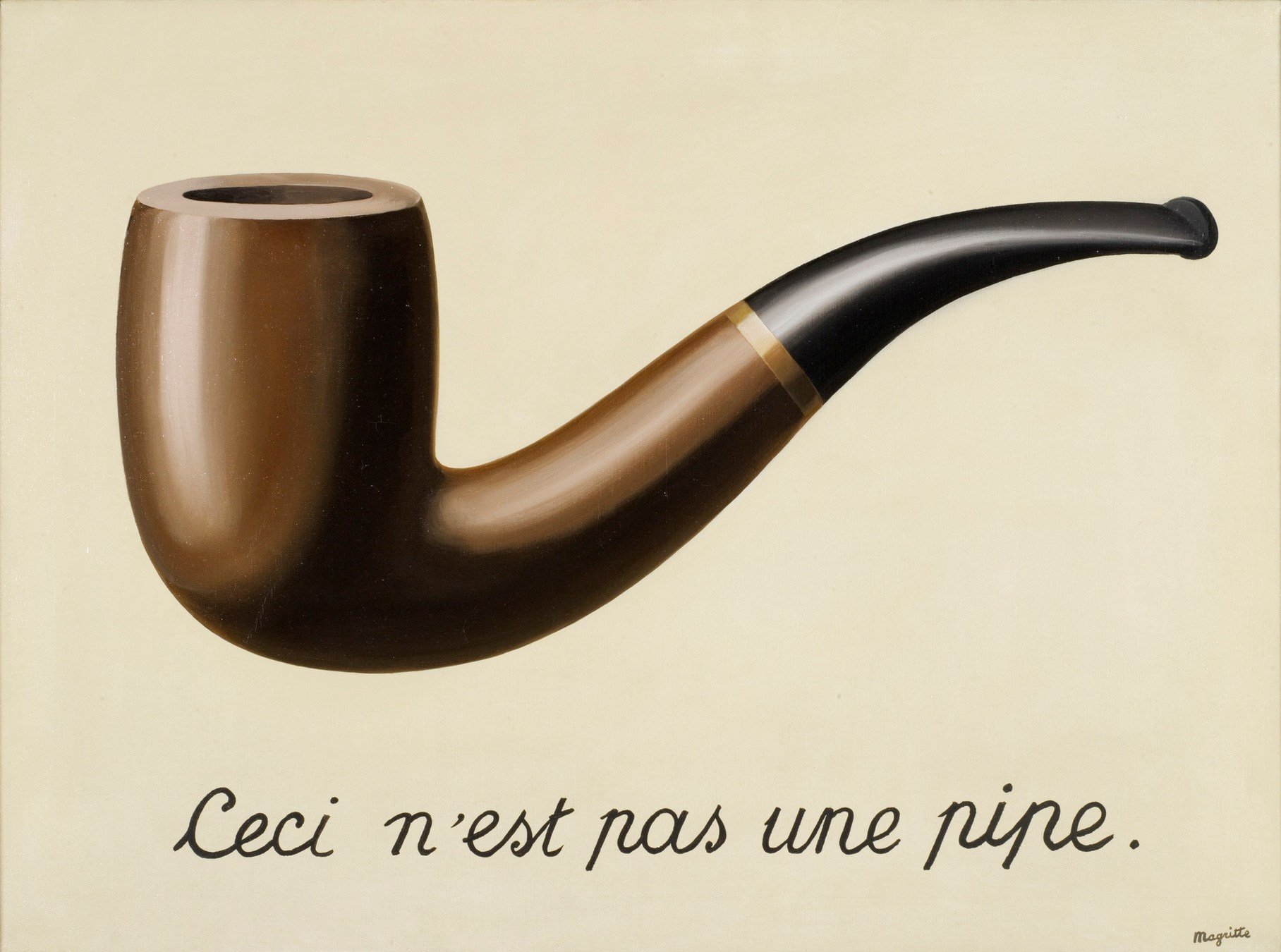
magnet